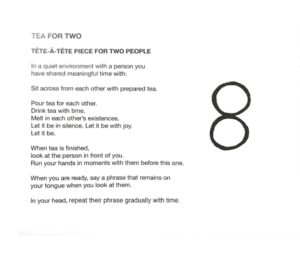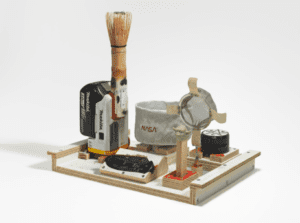This is written by both Jamie and me.
Gamers, when they are gaming, it’s critical for them to be aware of the conditions of their computers, which may drastically influence their gaming performances. Changes in CPU temperature and ping speed which would affect the frame count of the game may lead to different gaming decisions. In a traditional gaming interface, the data of CPU temperature and ping speed is usually written in the top-left corner, which is nearly impossible for a gamer to notice when he is fully involved in a game. Therefore, we decide to design an attached pad that reports live data in the form of color changing with other functions as well.
Jamie photoshopped this WatchPad prototype and the color range it would cover.


Watchpad is a product that can stand next to your screen while gaming. After plugging into your pc, the screen is automatically turned on, it consists of only two pages, one is for displaying simple information including date, memos, some photos. The other page is the gaming mode page which only has two sections: the upper part detects the ping speed which would affect the fps; the lower part displays the CPU temperature. Both sections will have specific data within the section, but more importantly, both indexes are also implied through color changes. Red and blue are the two colors that contrast greatly and would be an apparent alarm for the gamer. We design the red as the danger zone and the blue as the normal zone. For ping speed, the redder the section gets, the slower your net speed is; for CPU temperature, the redder, the hotter. WatchPad is designed to be constantly muted so that there won’t be noises that may affect the gamer.
For laptop users, since laptop lacks advanced cooling system, most laptop gamers purchase extra fans that are placed under the laptop to cool down the system, because of the noise the fans make, they are not always on and the player has to manually switch them on. Therefore, our WatchPad has an additional cable that can be linked to the external fans, when the CPU temperature reaches a certain level, WatchPad will automatically switch on the fans and switch them off when the temperature goes down.
Our inspiration comes from a friend who is a professional gamer in Overwatch. He complains about the trouble he encounters when gaming and we hope to solve this problem with our design. It should be categorized as an enchanted object since it is an upgrade for traditional gaming equipment. It fulfills the responsible design agenda as for solving a problem for gamers and achieves the problem-solving goal.

